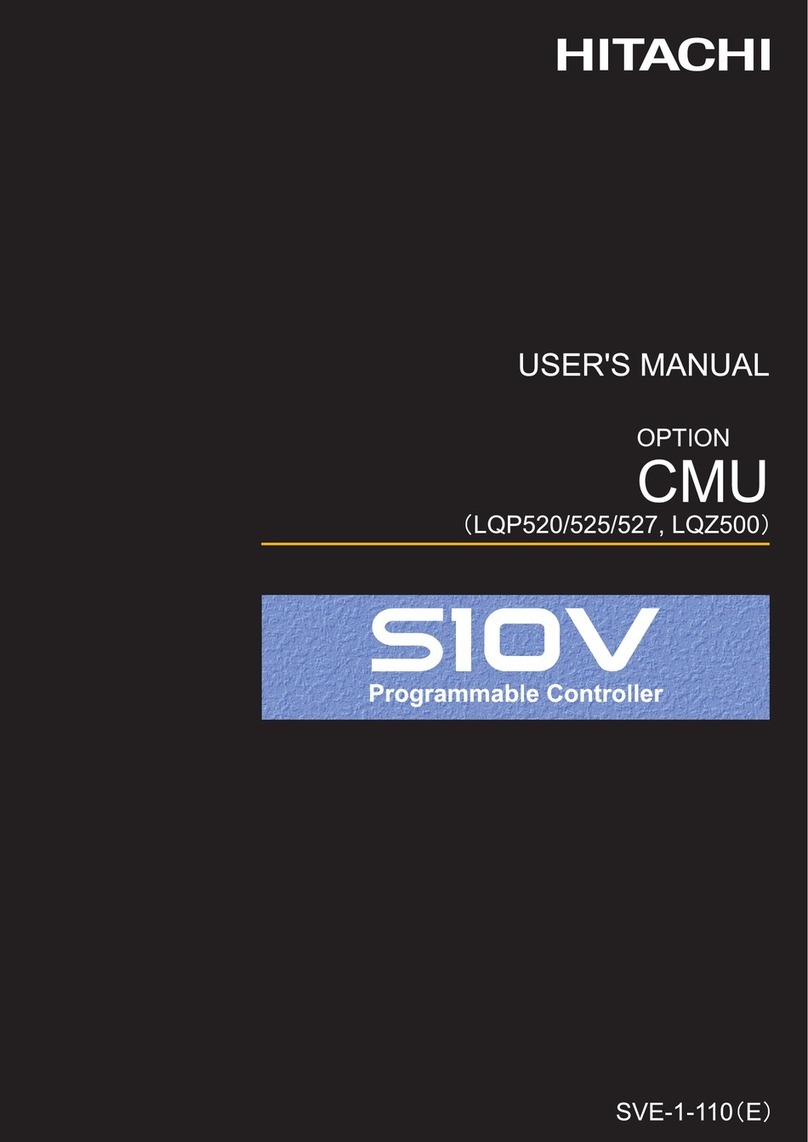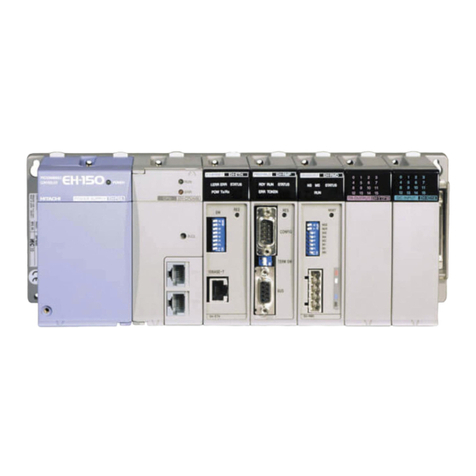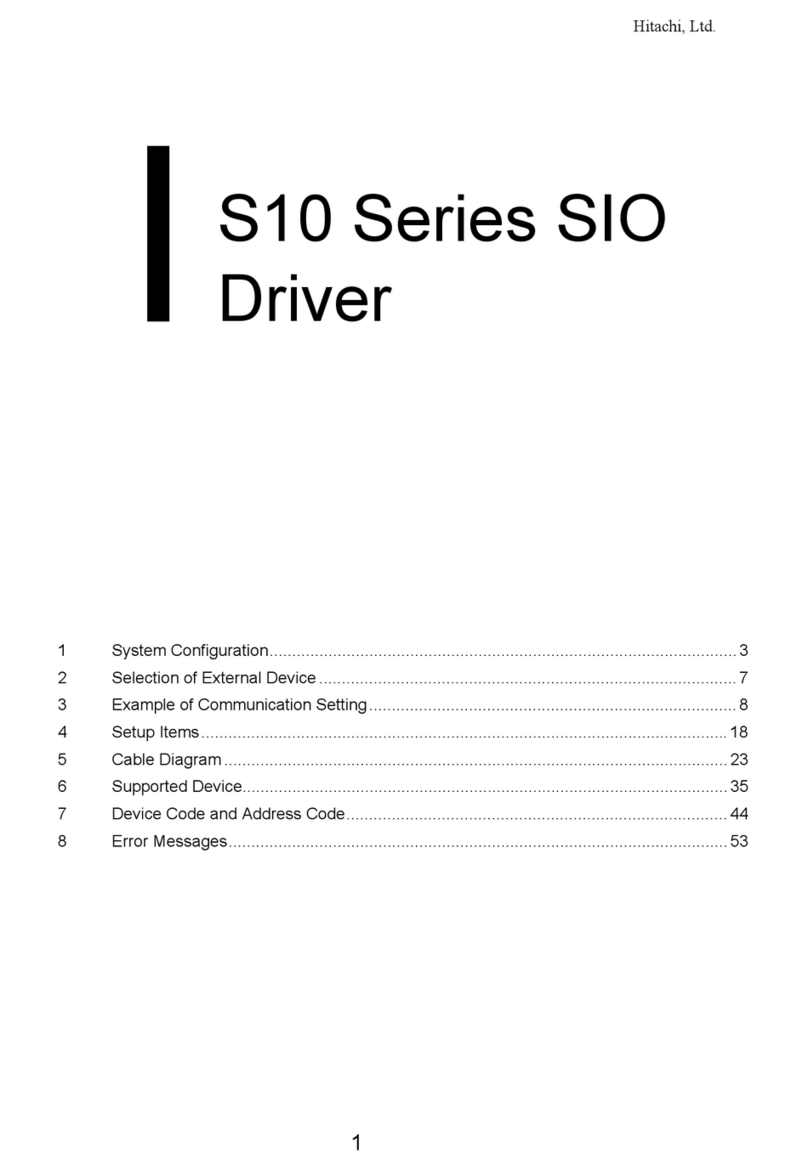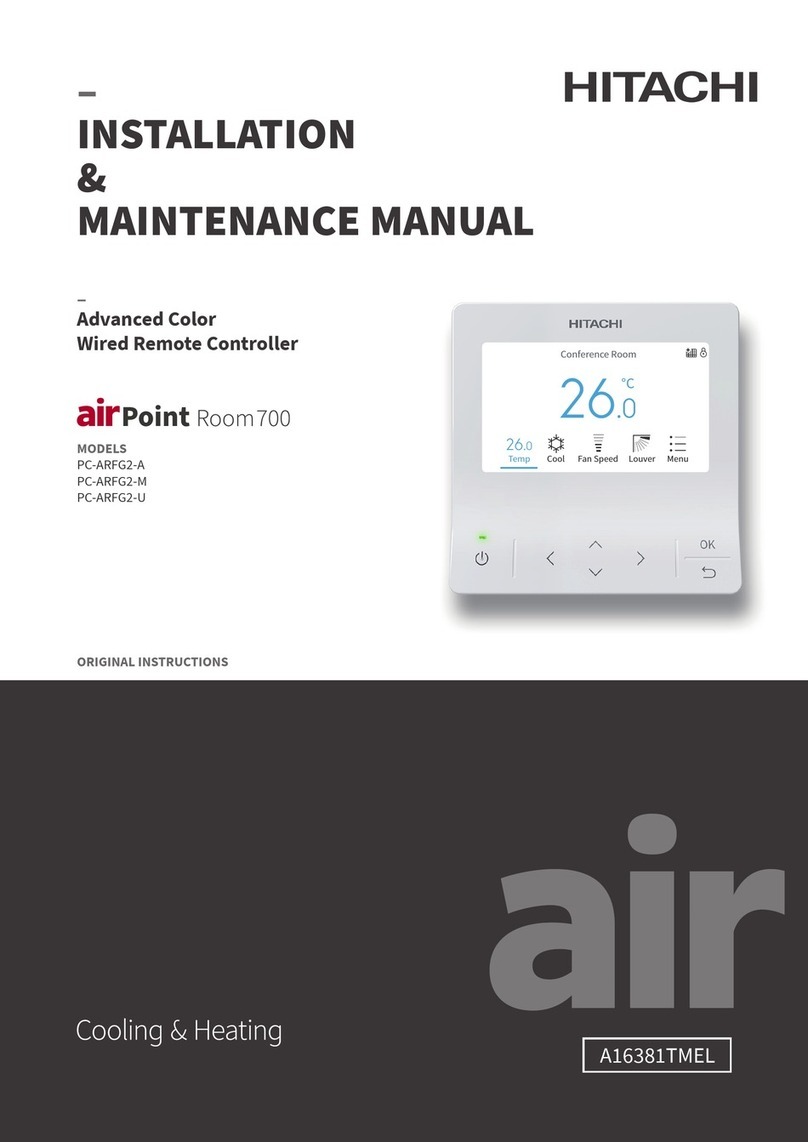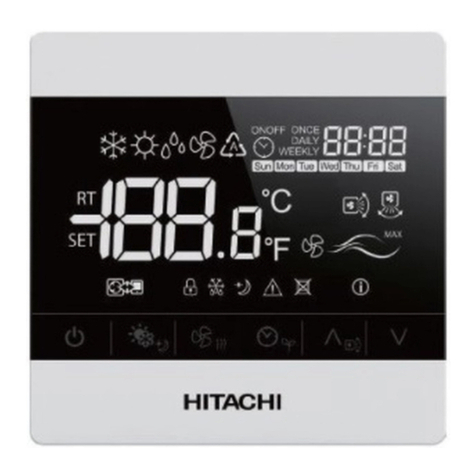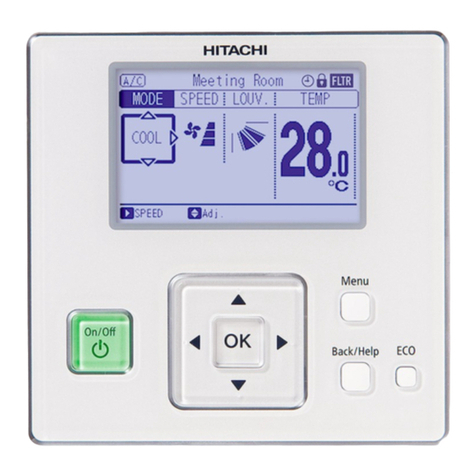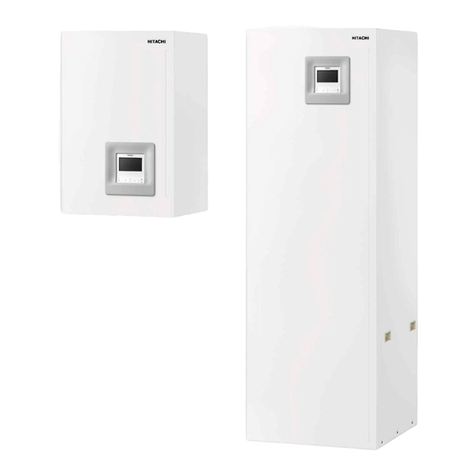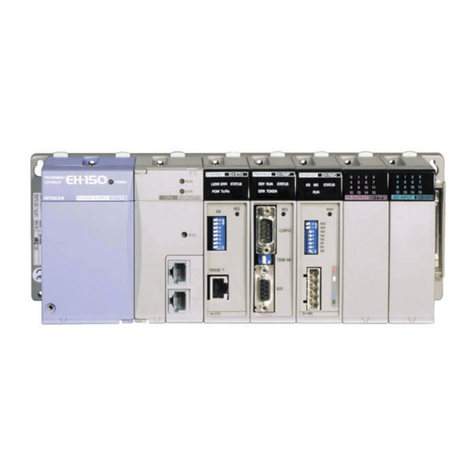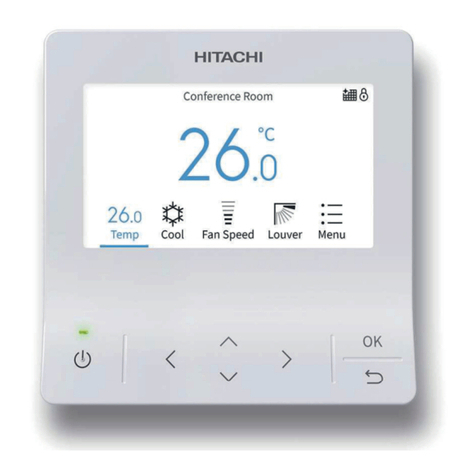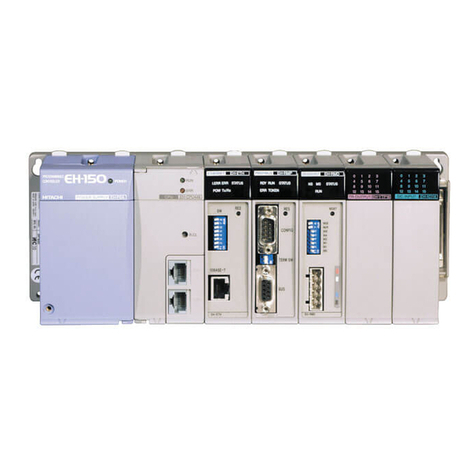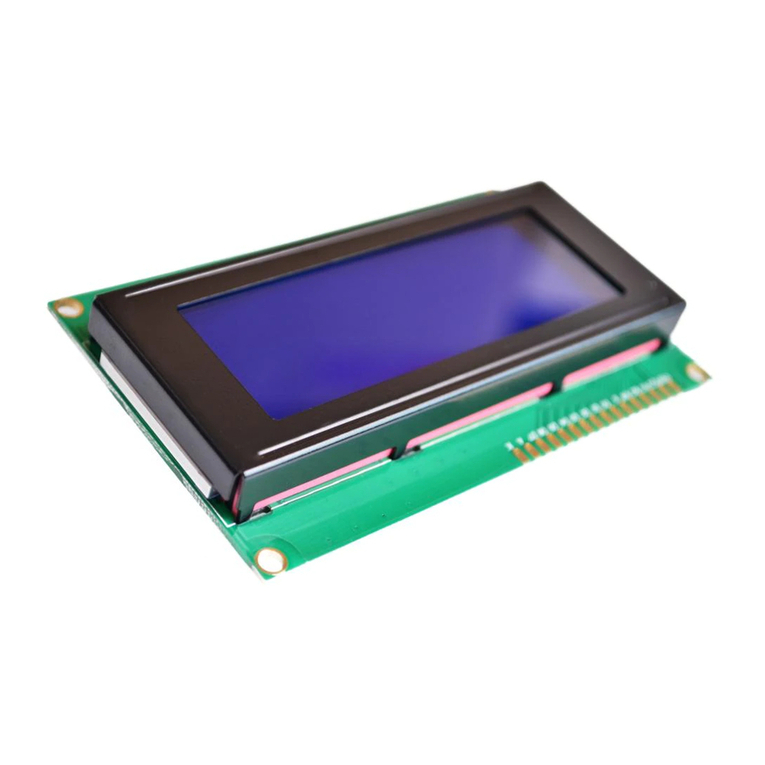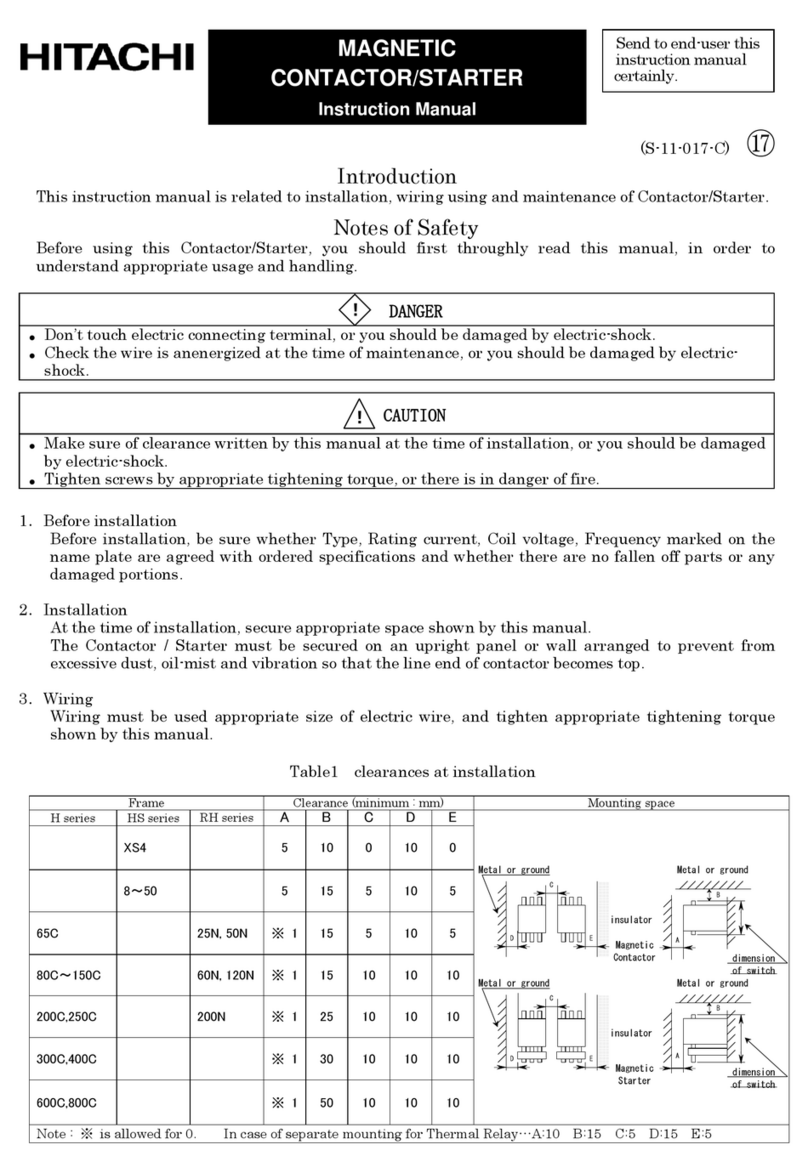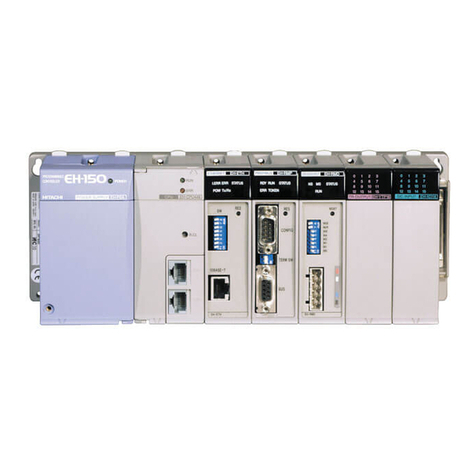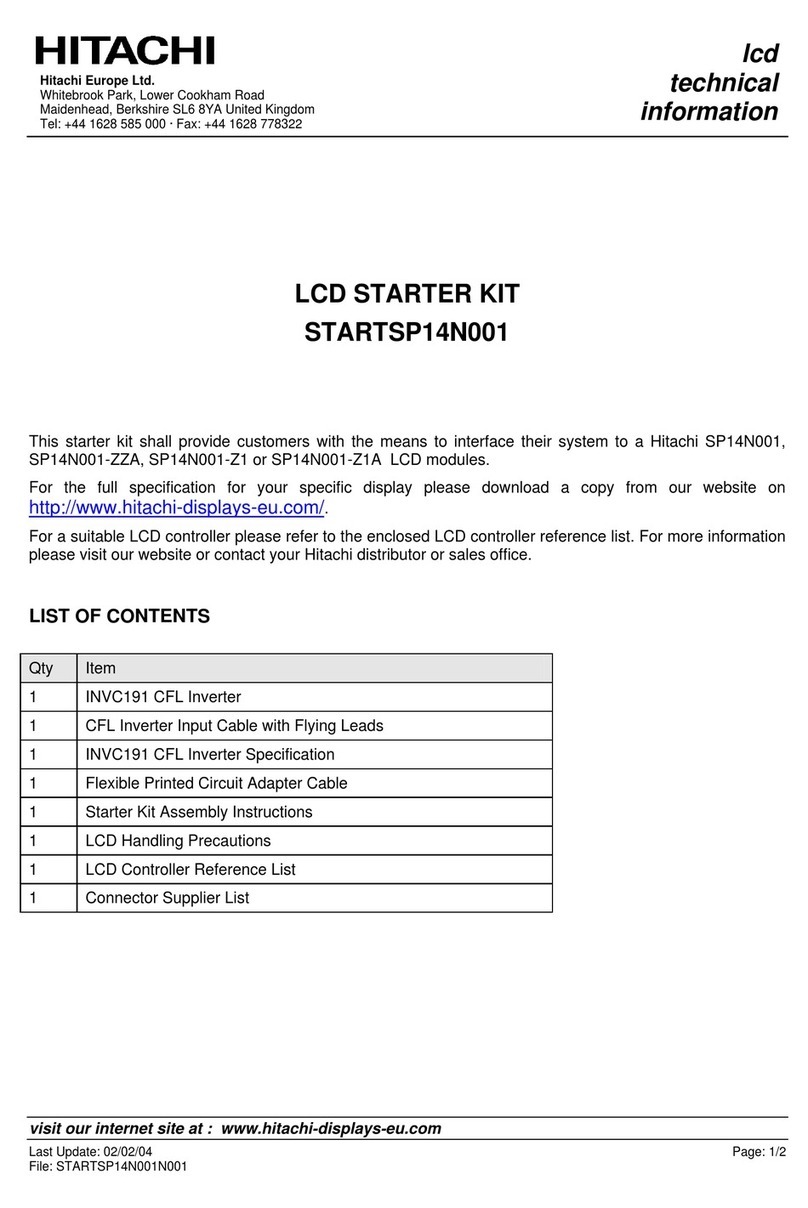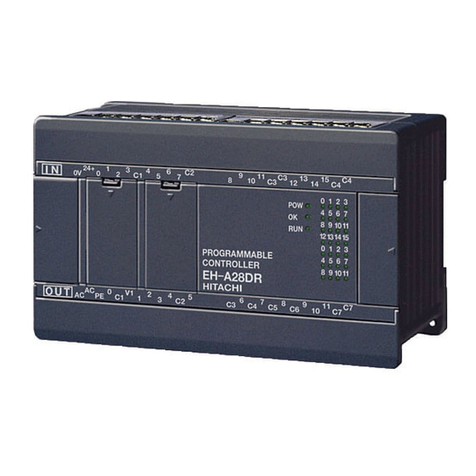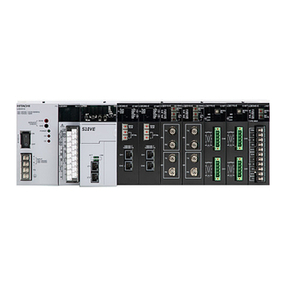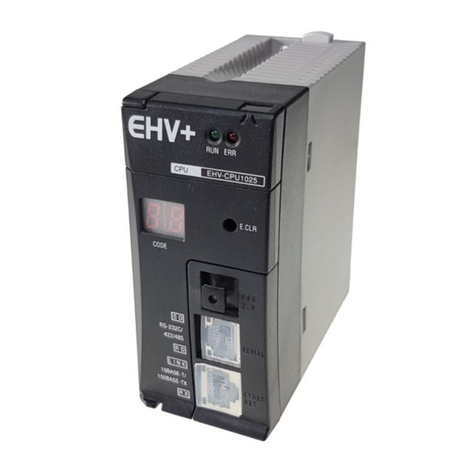
2 NJI-613 (X)
Enclosure
Basic nit
Expansion nit
Metal plate
Breaker
Insulation transformer (recommended)
Power
supply
AC
Grounding
Net filter
Figure 1 Power wiring example
Table 1 Specifications of the net filter
Item Spec.
Rated voltage (V AC) 50
Rated current (A) 5
Withstand voltage (V)
(between Terminal and case)
1,500
Insulation resistance (MΩ)
(500V DC, 1min., between terminal and case)
100 (min.)
Attenuation characteristic
(dB)
0.5 to 30 MHz Common mode
more than 40dB
0.15 to 30 MHz Differential mode
more than 40dB
Power Wiring
- Appropriate emergency circuitry, interlock circuitry and
similar safety measures should be added to the system.
- Appropriate safety measures should be included in the
system for unexpected breaking of wire or malsignal caused
from instantaneous power failure.
- Applied voltage must be in the range specified in the manual.
Otherwise, there is a danger of breakdown and/or injury
and/or fire.
- Install an external earth leakage breakers to avoid short
circuit accident.
- In case of the following operations, turn off power.
Otherwise, there is a danger of breakdown and/or injury
and/or fire.
Mounting or dismounting CPU and I/O modules.
Assembling cabinet or machine including PLC.
Wiring.
- Install net filter specified in Table 1 or similar. The input and
output cable of the net filter should be separated as much as
possible. Be sure to ground the net filter.
- A shielded and insulated transformer is recommended.
- The basic and expansion unit should be connected to
common power source and powered up together as shown in
Figure 1.
- To install an arrester in each power wire is recommended in
order to prevent lightning damage and/or injury.
I/O Wiring
- Be sure that the input/output matches the specified voltage.
Otherwise, there is a danger of breakdown and/or fire.
- Use shielded cable for relay outputs modules, and connect
shields to a functional ground for one side or both sides
depending on applications.
- Route the AC power line and I/O lines separated as much as
possible. Do not route both cables in a same duct.
- Route the I/O lines and data lines as close as possible to the
grounded surfaces such as cabinet elements, metal bars and
cabinets panels.
- Refer to the following table.
Electric wire for wiring Terminal
tightening
torque
Size Material
Type
-14 AWG
Copper Single/twisted wire available 9in. –1bs
(1.0 Nm)
Common precautions
- Use proper cable ferrules for terminals. Using improper cable
ferrules or connecting bare wires to terminals directly might
result in fire.
- Do not turn on power, if the unit appears damaged.
- Be sure to check all the field wiring before PLC power on.
Otherwise, there is a risk of fire.
- Do not attempt to disassemble, repair or modify any part of the
PLC.
- Do not pull on cables or bend cables beyond their natural limit.
Otherwise, there is a risk of breaking of wire.
- Keep PLC modules in their boxes during storage and transport.
- Check carefully your PLC program before operation.
Installation environment
Avoid the following locations to install the PLC.
- Excessive dusts, salty air, or conductive materials (iron
powder, etc.)
- Direct sunlight.
- Temperature less than 0
○
C or more than 55
○
C
- Humidity less than 5% or more than 95%.
- Dew condensation.
- Direct vibration or impact to the unit.
- Corrosive, explosive or combustible gases.
- Water, chemicals or oil splashing on the PLC.
- Close to noise emission devices.
Reference Manual
Read the following application manual carefully depends on
series to use the PLC safely and properly. Be sure to keep the
latest version.
Manual name Manual No.
EHV-CPU APPLICATION MANUAL NJI-481* (X)
EHV-150 APPLICATION MANUAL NJI- 81* (X)
* The alphabet between 481 and (X) means version (A, B...) and
the space means the first edition.


